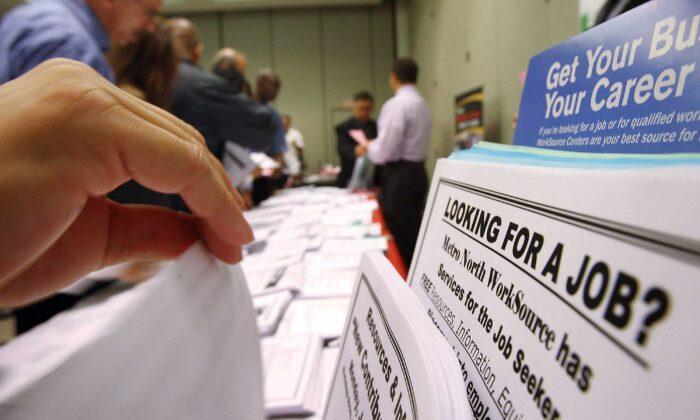In December 2021, the youth unemployment rate was 14.9 percent in both the EU and the euro area. These unemployment levels are high, but some member states have even higher jobless ratios. Spain has a 13 percent official unemployment rate with 220,000 jobs still furloughed, and the youth unemployment rate stands at 30 percent.
What these figures show is that high government spending and enormous employment retention plans haven’t helped the European economy recover faster or improve job creation compared to similar economic zones.
The economic recovery has been slow, and job creation has been even slower. Furthermore, a large proportion of the job recovery has been from the public sector. In Spain, there are still 95,000 fewer jobs in the private sector than before the pandemic and 220,000 more in the public sector.
The EU faces unique challenges because of demographics, elevated levels of government spending, and a weak energy position that causes businesses and households to pay much higher power and natural gas bills than their U.S. counterparts.
In the face of all of these challenges, the EU has launched a massive recovery plan (Next Generation EU), which aims to boost growth and competitiveness. The problem is that it’s difficult to see how these enormous spending plans are going to deliver the expected transformation and growth.
The biggest problem that the EU faces is technological. The EU hasn’t even presented itself as a serious contender in the technology race. Less than 4 percent of the Stoxx 600 market cap comes from technology, compared to 25 percent in the S&P 500. It’s difficult to believe that the radical change in growth and pace of job creation will come from a large stimulus plan directed by governments and focused on climate change and sustainability from a political perspective and not an entrepreneurial one.
The EU is betting its entire future on the loose concept of the “entrepreneurial state” championed by Italian economist Mariana Mazzucato. Governments and socialist parties love this idea, as it makes them believe that giant tech companies such as Apple or Amazon owe all of their success to government spending and the public sector. The problem is that such fantasy has been completely debunked by reality—the EU lags in global technology reach.
Unfortunately, the Next Generation EU plan is likely to create such little impact as the Juncker Plan or the Growth and Jobs Plan of 2009. The main problem is that it aims to spend a massive amount of money rapidly in areas that are favored by politicians while the European economy suffers from rising input, energy, and raw materials costs. The European economy is losing competitiveness from rising producer prices and weaker margins, and part of it comes from banning shale gas and imposing an uncompetitive and politically directed energy policy. All of those things can change quickly with serious policies aimed at supporting small businesses and families with lower taxes, but the reluctance of policymakers is enormous.
In 2009, some countries decided to use the Growth and Jobs Plan to finance lower taxes and reduce red tape. This time, unfortunately, the Next Generation EU plan is focused on spending under the guidance of a political vision.
It could be an extraordinary opportunity to reduce energy prices and boost small and medium enterprises to become the new technology giants. Unfortunately, there’s a high risk that this new program will become another massive spending spree on Keynesian white elephants with no real economic return. The potential of the EU is enormous, but “dirigisme” is preventing many countries from growing closer to that potential.





